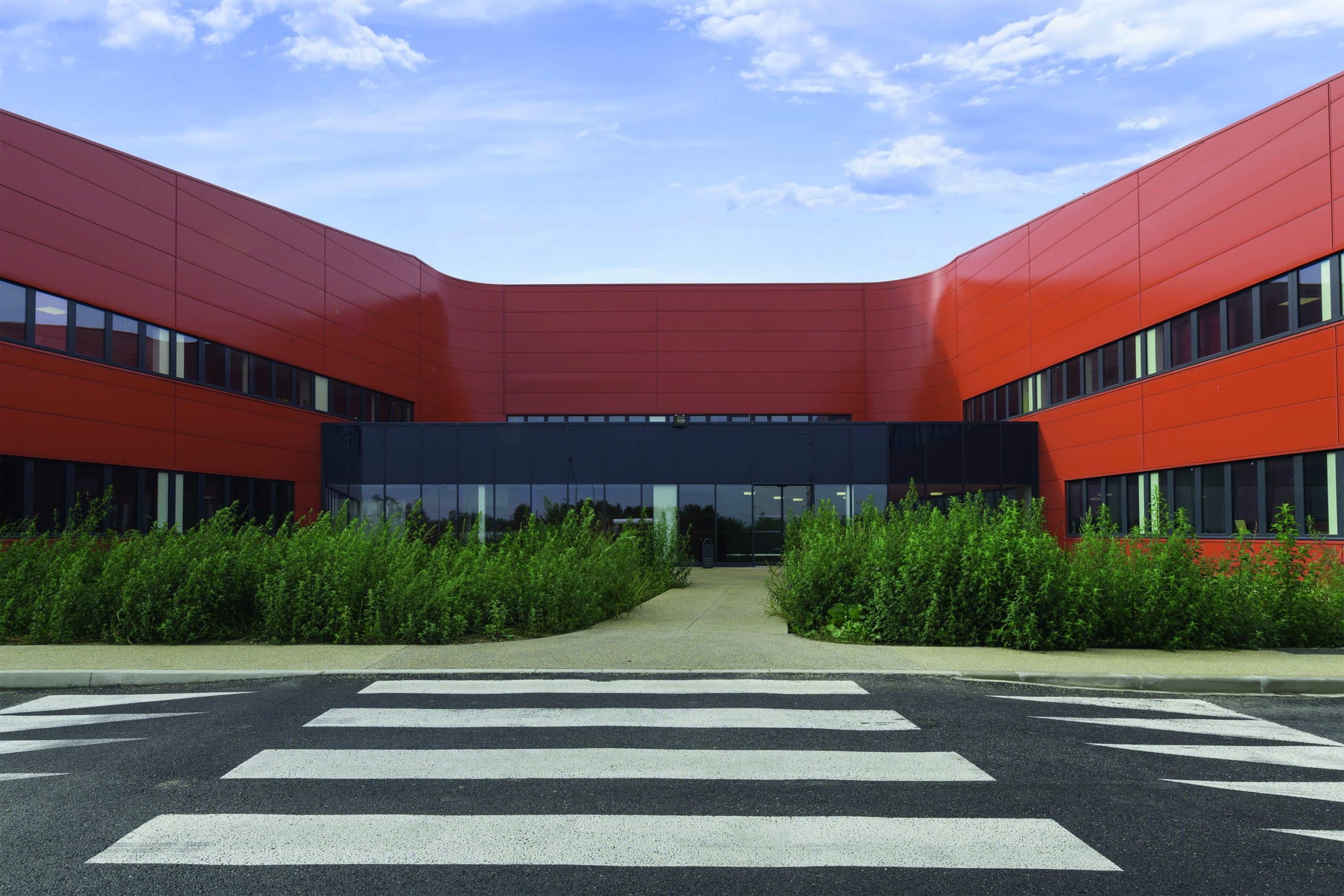
Act for the environment
We deploy cost-effective
and warm real estate
in all territories
We are creating a new era of real estate, that of sobriety. Real estate construction and its use over time impact the environment. Responsibility is first and foremost common sense. We are landlubbers. Building right means providing an expert response, adjusted and sober in terms of resource consumption.
33 environmental requirements
Source: Environmental Specifications and Procedures Manual
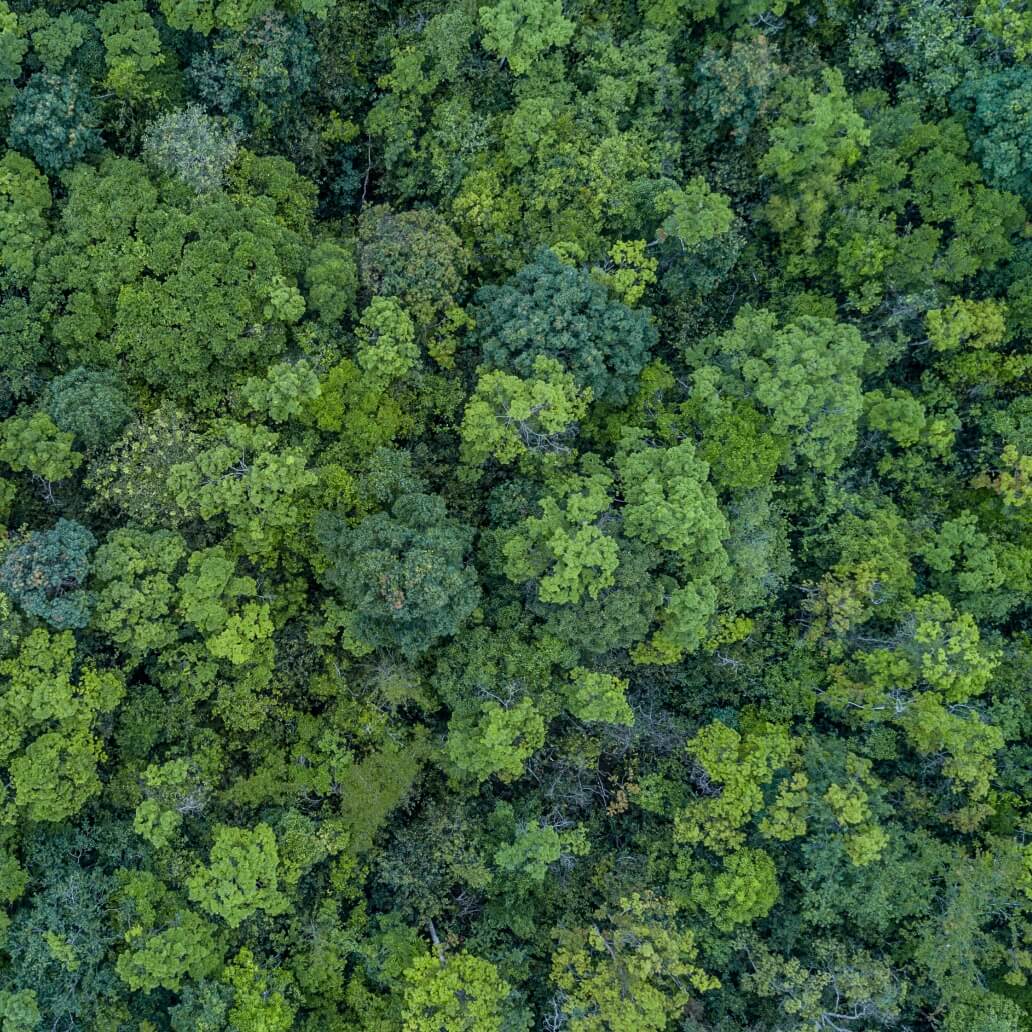
Pollution
Prevention

Biodiversity and Ecosystems

Water Conservation
Through the design of its buildings, Kaufman & Broad has a role to play in saving water consumption.

Adaptation to climate change
For Kaufman & Broad, making a concrete and operational commitment to building sustainable buildings means implementing standardized and controlled processes.
Case studies
Fulfilling our commitments
Impact
75% of the commercial real estate projects launched aim for double or even triple certification in 2023

95% of housing programs in 2023 were launched in an urban unit
700 000 m² in brownfield rehabilitation projects planned
100% of commercial programs are less than 1 kilometer from public transportation
Labels and Certifications
Our commitment is also the certification of our achievements by independent and recognized organizations.
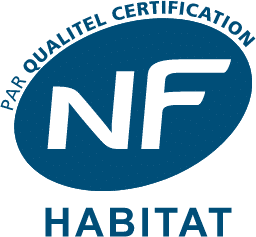
NF Habitat is the reference certification for housing quality, controlled by an independent organization.

The Haute Qualité Environnementale label recognizes the measures taken to reduce the environmental impact of the construction, management and maintenance of real estate projects.

created in 2009 by IRICE (Institut de Recherche et d’Innovation pour le Climat et l’Écologie), Effinature certification applies to the construction sector, from the building to the city.

Created in 2013, the BiodiverCity® label rates and displays the performance of real estate projects in terms of their consideration of biodiversity.
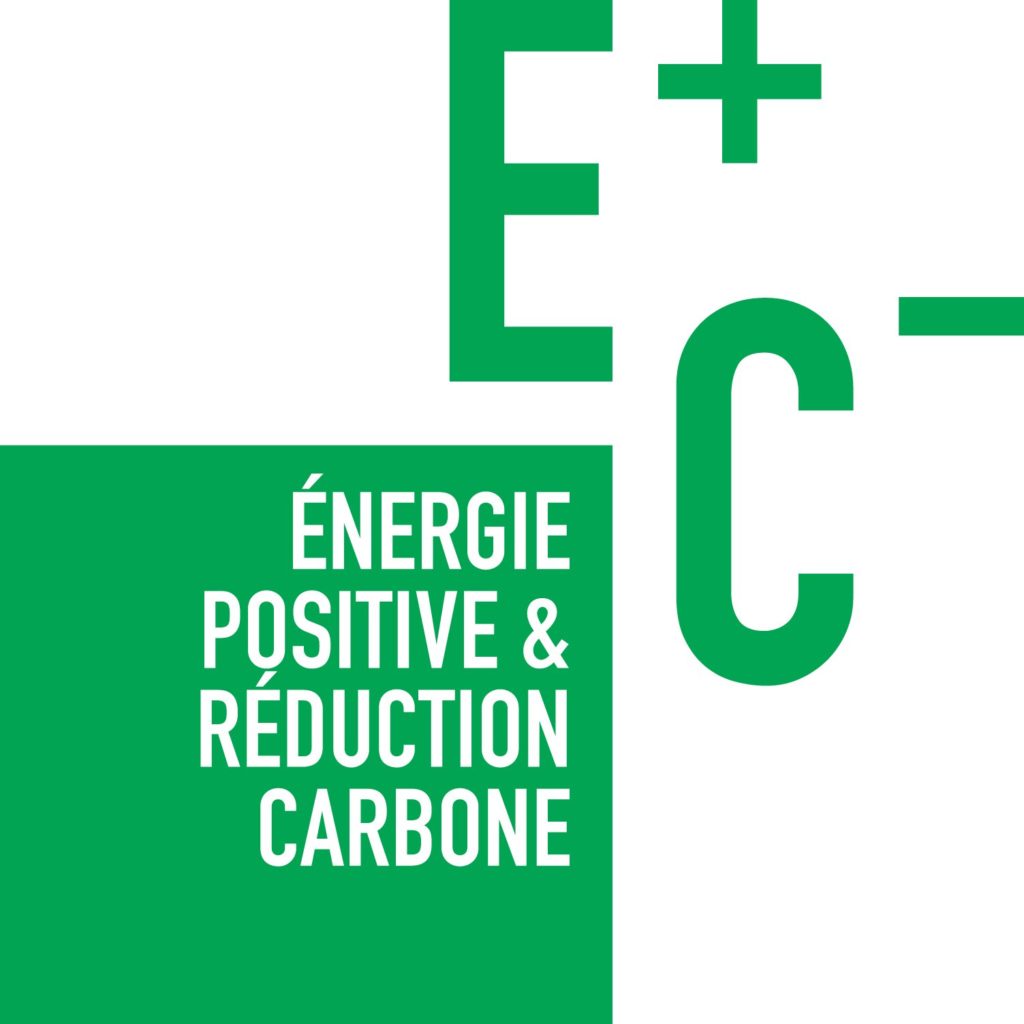
The Energie Positive et Réduction Carbone label (E+C-) supports the environmental performance and carbon impact reduction of the building over its life cycle.

Breeam is a reference standard in terms of sustainable construction, which allows to value the commitment of property owners on the environmental level.

The BBCA label attests to the exemplary nature of a building in terms of its carbon footprint (construction, operation, storage, circular economy).
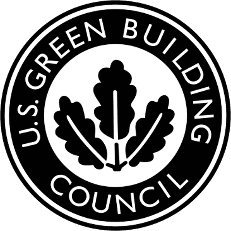
Created in the early 2000s, this label allows for the standardization of buildings with a high environmental quality.

